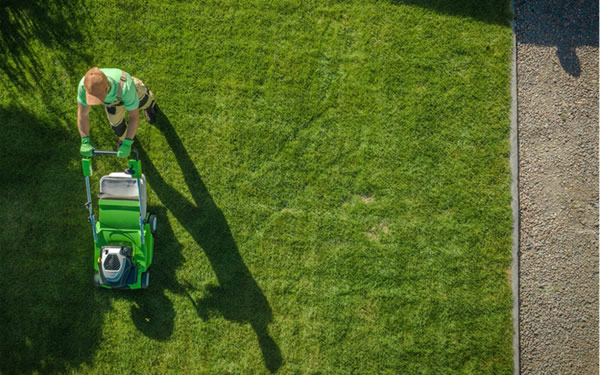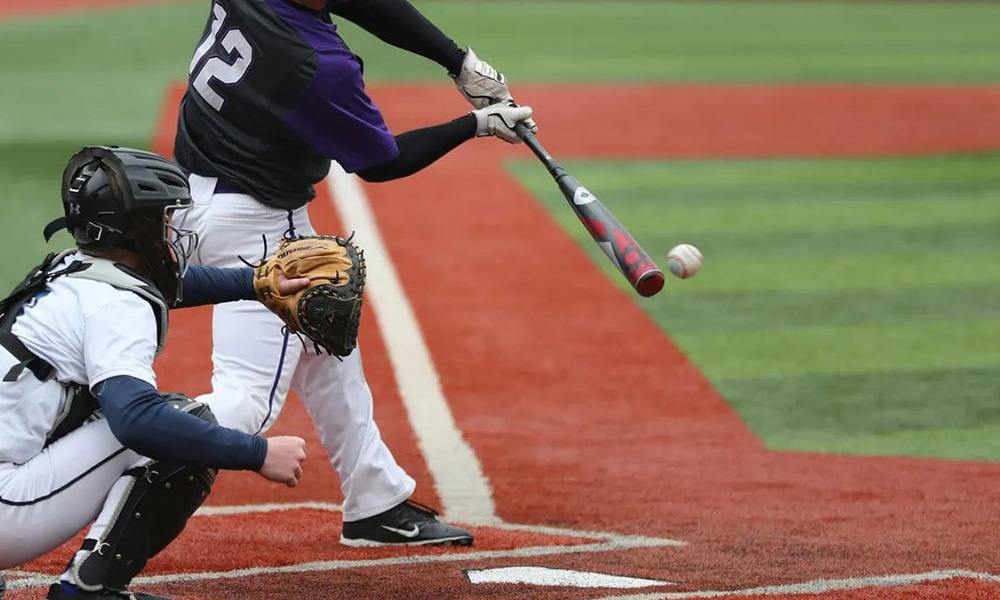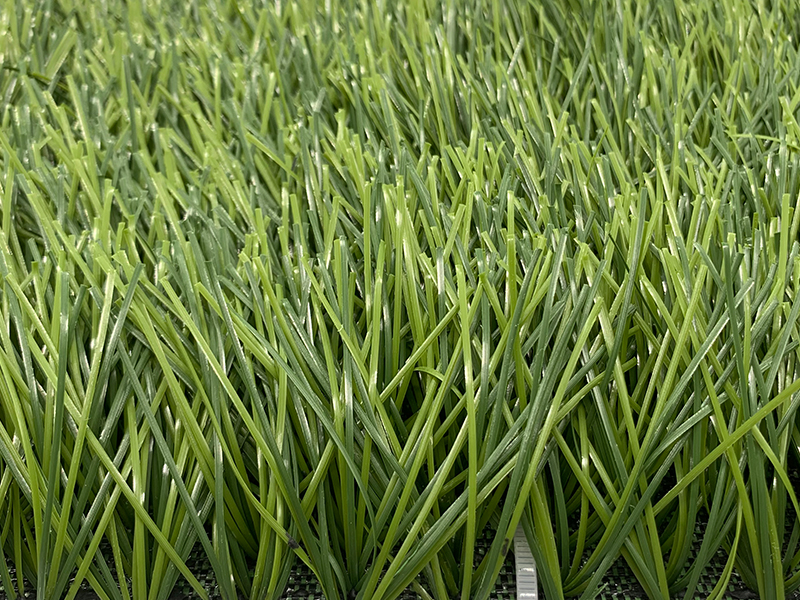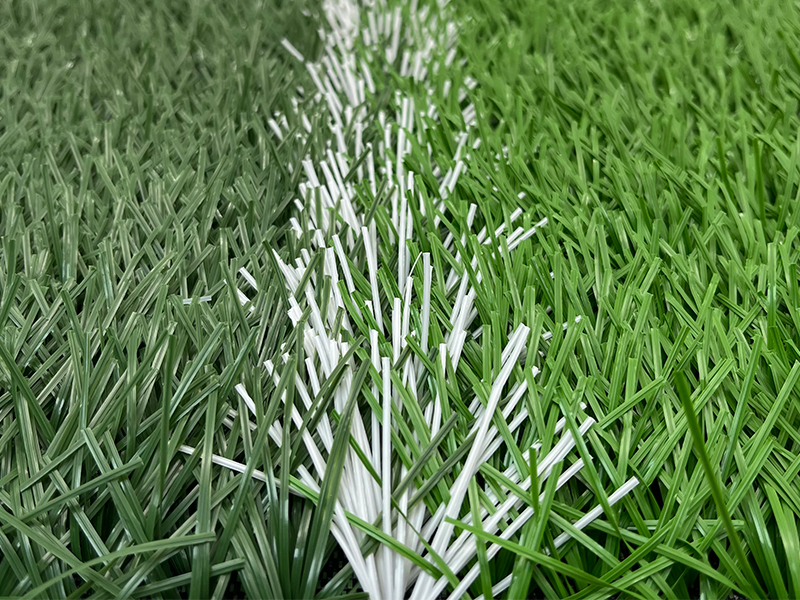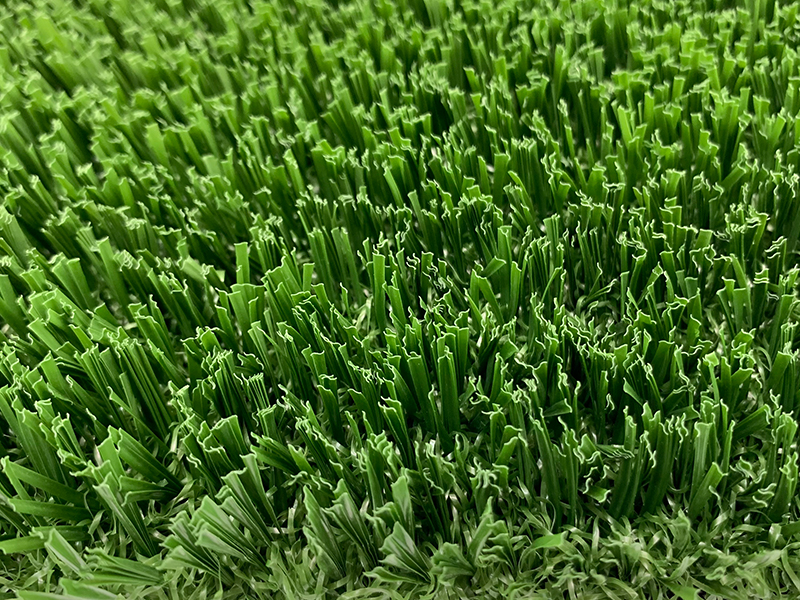Artificial Grass VS Natural Grass: Benefits and Cost
A lush green lawn serves as the backdrop for a garden, a stage for sports, and a window for the city to breathe. However, when we need to lay or replace the lawn, a fundamental choice arises: choose living, natural turf, or choose a highly realistic artificial product?
Essential Differences
1. Natural Turf
Natural turf is a living ecosystem composed of real grasses, whose growth depends on the complex interaction of soil, water, sunlight, and nutrients.
2. Artificial Turf
Artificial turf is a ground cover material made of synthetic fibers that mimic grass blades through biomimetic design, fixed to an elastic backing, and stabilized and cushioned by infill materials such as quartz sand and rubber granules.
Multidimensional comparison
(1) Performance
| Natural lawn | Artificial Turf | |
| Durability and frequency of use | It needs regular "rest" to recover its growth; bald patches and muddy surfaces are prone to appear after high-intensity use. | It can withstand all-weather, high-intensity use, recovers quickly, and has no mud problem. |
| Appearance | Its colors and textures change with the seasons, and it has a natural fragrance and a cool touch, attracting birds and insects. | It maintains a uniform, bright green, and neat appearance throughout the year. |
| Security | Natural soil provides good shock absorption, but its surface smoothness can be affected by maintenance and may have potholes. | The performance is adjustable by relying on the damping effect of the filling layer. |
| athletic performance | Ball speed and roll are greatly affected by grass conditions and humidity. | Provides excellent ball rolling consistency and elasticity. |
(2) Maintenance Requirements and Workload
Natural Turf: High Frequency
-
Weekly: Mowing 1-2 times.
-
Regular: Irrigation, possibly daily in summer; fertilization, weeding, and pest and disease control several times a year.
-
Seasonal: Aeration, reseeding, and thinning.
-
Core: Requires continuous input of knowledge, time, water resources, and labor.
Artificial Turf: Low Frequency
-
Weekly/Daily: Sweep up fallen leaves and debris; rinse occasionally.
-
Monthly/Quarterly: Comb the grass fibers with a stiff brush to keep them upright; check and replenish the infill.
-
Annual/Several Years: Deep cleaning, sterilization, and prevention of static electricity and compaction.
(3) Environmental Impact and Sustainability
In terms of environmental impact, the difference between natural and artificial turf lies in their dynamic versus static aspects. Natural turf is a living ecosystem. It sequesters carbon, cools the environment, and nourishes biodiversity, but it requires a continuous consumption of large amounts of water, and its maintenance may involve fertilizers and pesticides.
Artificial turf, on the other hand, completely eliminates the need for irrigation, is extremely water-efficient, and has a long lifespan, but it cannot achieve the same fragrance and realistic feel as natural turf.
Why artificial grass football is better than natural grass?
Lower costs
Covering your putting green with quality artificial grass does not require a large initial investment. Maintenance is inexpensive, unlike natural grass, which requires large amounts of water to keep it in the ideal condition the sport requires. Spraying, weeding, and mowing costs add up, making natural grass an unnecessary and environmentally unfriendly luxury.
We’ve had great testimonials from clients, especially in Mark, America, who’ve installed artificial grass on their putting greens. They agree that it’s the best option.
Increased durability
It´s important to have a stable playing field all year round. Artificial turf withstands inclement weather and lasts longer than natural grass. How long? As long as it´s protected from aggressive traffic and unnecessary mistreatment, fake grass will remain in good shape for up to 10 years.
Little or no maintenance
Few resources are required to keep synthetic turf in perfect condition. Unlike natural grass, artificial grass does not require mowing, watering, or fertilizing. Just sweep it from time to time, and you’re good to go!
Puddles and unevenness
After a big storm, natural grass will often have puddles and uneven terrain due to the soil’s settlement and saturation. Artificial grass doesn´t suffer from these inconveniences; the drainage is almost immediate no matter how much it rains. No more wasting time and money fixing what Mother Nature may have destroyed.
Putting green design
Golf enthusiasts will enjoy customizing the design of their putting green. You can choose the type, size, shape, and even the level of complexity of the golf course. Synthetic grass gives you an infinite number of possibilities to achieve the look you want without needing to wait for natural grass to adhere to the surface of your property.
Unigrass has placed artificial grass on putting greens in San Rafael, California. We help our golfing clients create perfect spaces to practice their favorite sport.
Better game performance
You could spend all day perfecting your putting technique on natural grass and still not notice a difference in your skills. Synthetic turf for golf will help you improve your yardage and shot-making. You can install a putting green at home and practice in your backyard. Like some of our clients from San Jose, California, you too can enjoy the benefits of installing putting green artificial grass.
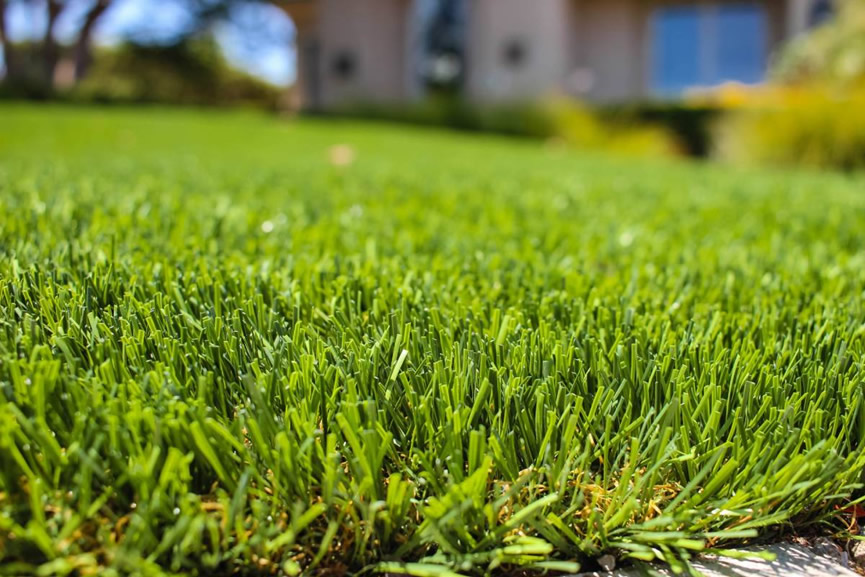
What are the advantages of artificial grass football?
Simple maintenance and low cost
Its maintenance cost is low. Although the initial investment will be relatively high, the main long-term maintenance cost is lower than that of natural lawn, which can save a lot of expenses every year. While some have raised concerns about the affordability of artificial turf, arguing that it requires maintenance, vacuuming, replenishing and even watering, there are still those who believe in its durability while also proposing ways to address these issues.
No need for pesticides, no pollution
Football artificial turf does not require pesticides. Unlike natural lawns, there is no need to use pesticides and chemical fertilizers for treatment. This not only benefits the environment but also reduces dependence on chemicals. Some towns have already had success adopting organic lawns.
High playability
Football artificial turf improves playability. Their sites are more durable and unaffected by seasonal changes, allowing for a wider range of uses. This characteristic makes artificial turf an ideal surface for sports organizations to conduct competitions and training, especially when space is scarce. At the same time, artificial turf eliminates the problem of grass being canceled during spring and autumn rains, ensuring the continuity of games and training.
Reduces the occurrence of sports injuries
Football artificial turf reduces the occurrence of sports injuries. Its durability and flat playing surface reduce the risk of injuries during the game. Compared with natural grass, it will not be torn due to fierce competition and avoids the problems of sprained ankles and uneven playing fields caused by slippery mud fields.
Helps save water
Football artificial turf helps conserve water. During the growing season, natural turf sports fields consume an average of about 50,000 gallons of water per week, while artificial turf does not require such a large amount of water, providing a viable alternative for rational use of water resources. Therefore, artificial turf shows obvious advantages in comprehensive performance.
Cost of building a standard artificial grass soccer field
The cost of building a standard artificial grass soccer field is usually between $1,5000 and $80,000. In addition to the initial construction costs, long-term maintenance costs must also be considered, which is about $2,000 to $5,000 per year, and the total maintenance cost for 10 years is between $20,000 and $50,000. Assuming that the field is used 2,800 hours per year, it can reach 28,000 hours in 10 years. Splitting the total cost by usage time, the cost per hour is about $29 to $52. This analysis method helps to evaluate the economic feasibility of the field and provides a clear cost reference for investors and field managers. At the same time, reasonable planning and maintenance can further extend the service life of the field and improve the return on investment.
How to Choose for Different Scenarios?
Backyard and Landscaping
-
If you choose natural grass: If you have children or pets who like to play barefoot, seek a natural garden experience, have the time and interest for gardening, and value ecology.
-
If you choose artificial turf: If your backyard has poor sunlight and drainage, the grass is difficult to grow, family members have allergies, you seek very low maintenance, and the backyard is a high-frequency activity area such as parties and children's playgrounds.
Sports Venues
-
Natural Turf: Suitable for top-level professional football, rugby, and other sporting events. Budgets can afford top-tier maintenance teams, including underground heating and supplemental lighting systems.
-
Artificial Turf: Suitable for multi-functional sports fields in schools and communities, requiring high-intensity training and matches from morning till night. Budgets prioritize initial investment over long-term maintenance.
Commercial Venues
- Weight constraints (artificial turf is lightweight), drainage design, and the durability of visual appeal must be considered. Artificial turf has significant advantages in off-ground areas and high-traffic display areas.
If you're unsure which to choose, please answer the following questions:
-
What is my top priority?
A. Zero maintenance B. Lowest long-term total cost C. Most environmentally friendly D. Most aesthetically pleasing and natural E. Most durable
-
What is the climate like in my area?
Is it arid or water-scarce? Are winters long?
-
How intensive will this lawn be used?
How many hours per day? Primarily for viewing or for exercise?
-
What is my budget?
Are you considering only the initial period or the next 10 years?
-
How much time am I willing to invest in maintenance?
Several hours per week, or almost none?
-
What are my views on environmental impact?
Am I more concerned about water conservation, or waste and carbon footprint?
